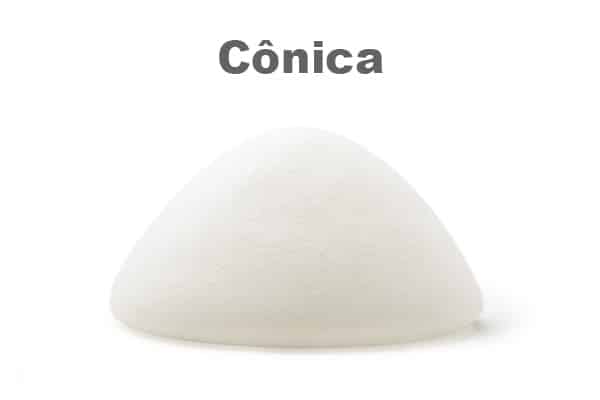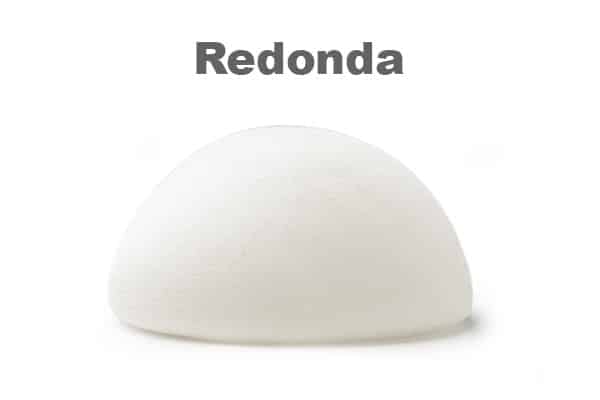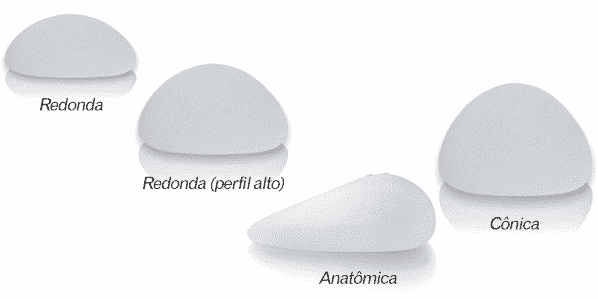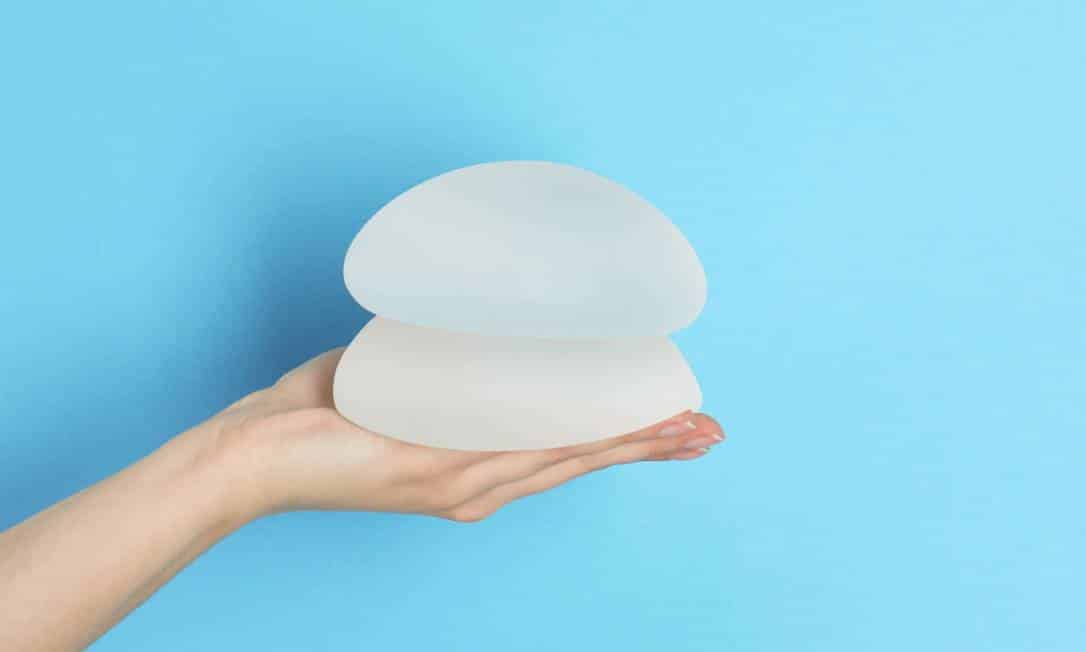Did you know that there are several different types of silicone prosthesis? Before deciding to have surgery, it is essential to know them.
Silicone is the dream of many women who want to increase the volume of their breasts, or simply their appearance. Presented as silicone, saline or gel structures, breast implants have functions that go beyond breast enlargement. Therefore, there is no specific indication for the placement process, but it is no secret that the operation works wonders for those whose self-esteem is affected by it. When deciding to go through the process or not, however, it is essential to understand more about the types of silicone prosthesis.
It is normal for many women to decide to have a silicone implant after pregnancy. After all, after breastfeeding, breasts can become small, saggy and even droopy. In this sense, it is recommended to have the operation approximately 6 months after breastfeeding. Silicone also works in the process of breast reconstruction, that is, in the case of breast removal due to breast cancer.
In any case, knowing the types of prosthesis is crucial when choosing to have a breast augmentation. This happens because there is more than one format, and each one is aimed at a different profile. Therefore, it is important to choose one that brings maximum harmony to your biotype. Check below everything you need to know about the types of silicone prosthesis, as well as the prices, how to choose and the contraindications for the operation.
Types of silicone prosthesis
There is an entire assessment that must take place before starting any breast augmentation procedure. In this sense, the body of those who wish to undergo the operation is studied, as well as the different types of prosthesis. They usually vary according to shape, profile and size, and the choice is made with the plastic surgeon. In addition, the surgeon evaluates the size of the chest, tendency for stretch marks and sagging, the client’s goals and skin thickness. Lifestyle and future plans can also come into account.
Above all, the placement of the prosthesis must be carried out by a specialist doctor, regulated by the Federal Council of Medicine (CRM). Likewise, the prosthesis must comply with quality criteria, ANVISA approval and a useful life of at least 10 years.
The types of silicone prosthesis vary between conical, round and anatomical or teardrop. Likewise, there are also subdivisions according to the profile, the size of the base and the dimension of the projection.
1 – Conical prosthesis

The conical prosthesis is the one that has the smallest base and the largest projection. In this case, it is more “pointed” than the others, causing much of the volume to be concentrated in the center. Thus, the breasts are projected forward, especially in the nipple area. This type of prosthesis is recommended for women who have a slight degree of drooping, as it makes them stand taller.
Women who have a narrower torso usually benefit from a conical prosthesis, but even so, the recommendation still needs a lot of evaluation. This way, the breast will not have an artificial appearance.
2 – Round prosthesis

The round prosthesis is the most popular, that is, the one most chosen by women. This happens because it fills all the spaces in the breasts equally, as well as leaving the chest marked and round. The effect is also ideal for giving the impression that the breasts are perky. Furthermore, the roundness reduces the chances of any changes appearing in the event of displacement.
3 – Anatomical or teardrop-shaped prosthesis

On the other hand, the anatomical prosthesis is the one that best imitates the natural shape of the breasts, as it concentrates the silicone in the lower part of the breast. However, it does not influence an excellent result in mammoplasty, as it also leaves the breasts voluminous, but still natural. However, it is not usually used in surgeries that aim to make the cervix more prominent, as it does not fill the entire breast.
The anatomical prosthesis is widely used in breast reconstruction surgeries, by women who have overcome cancer or lost their breasts in some way.
Prosthesis profile

There is also the profile of the prosthesis, which is responsible for guaranteeing the final result of the operation. The profile is classified as super high, high, moderate and low. The higher it is, the more raised, projected and artificial the breast is, this type of profile being recommended for women who have a greater degree of sagging breasts than usual.
The moderate and low profile makes the breast flatter, without projection and marking of the cervix. This happens because this type of profile has little volume, but large diameter.
Breast implant material

Typically, the vast majority of breast implants are made of silicone. The material is safe, resistant and easily molded into the different shapes and profiles available. However, in specific situations, saline prostheses are still used, filled with a water and salt solution. In this sense, it is common to use them in breast reconstruction surgeries.
Furthermore, there are cases in which the woman who had her breasts removed does not have enough skin for a silicone implant. Thus, through a small incision, the saline prosthesis is placed, filling it little by little, until the skin stretches. This type of prosthesis, however, has some disadvantages, as it is palpable and requires immediate reduction in the event of rupture. In this case, it is just a temporary solution.
Price

The value of a silicone prosthesis varies according to the desired volume and the characteristics of the prosthesis. Normally, it costs between R$1900.00 and R$2500.00, but the surgery itself costs between R$3000.00 and R$7000.00. Several aspects affect the cost of a breast implant, such as the surgeon’s and medical team’s fees, hospital expenses, prescribed medications, mesh, medical exams and the prostheses themselves.
Contraindications

The procedure for placing silicone implants is contraindicated in the case of pregnant women and women who are postpartum or breastfeeding, as you must wait at least 6 months before carrying out the operation. Furthermore, it is not recommended to perform surgery in case of hematological, autoimmune, cardiovascular diseases and for children under 16 years of age.
Sources: Tua Saúde, Mário Farinazzo, Silicone Center
Images: Mammoplasty Portal, O Globo, André Ahmed, André Ahmed, André Ahmed, Clínica Nepomuceno, Intertv, Mário Farinazzo

Sign up for our newsletter and stay up to date with exclusive news
that can transform your routine!
Warning: Undefined array key "title" in /home/storelat/public_html/wp-content/plugins/link-whisper-premium/templates/frontend/related-posts.php on line 12
Warning: Undefined array key "title_tag" in /home/storelat/public_html/wp-content/plugins/link-whisper-premium/templates/frontend/related-posts.php on line 13




